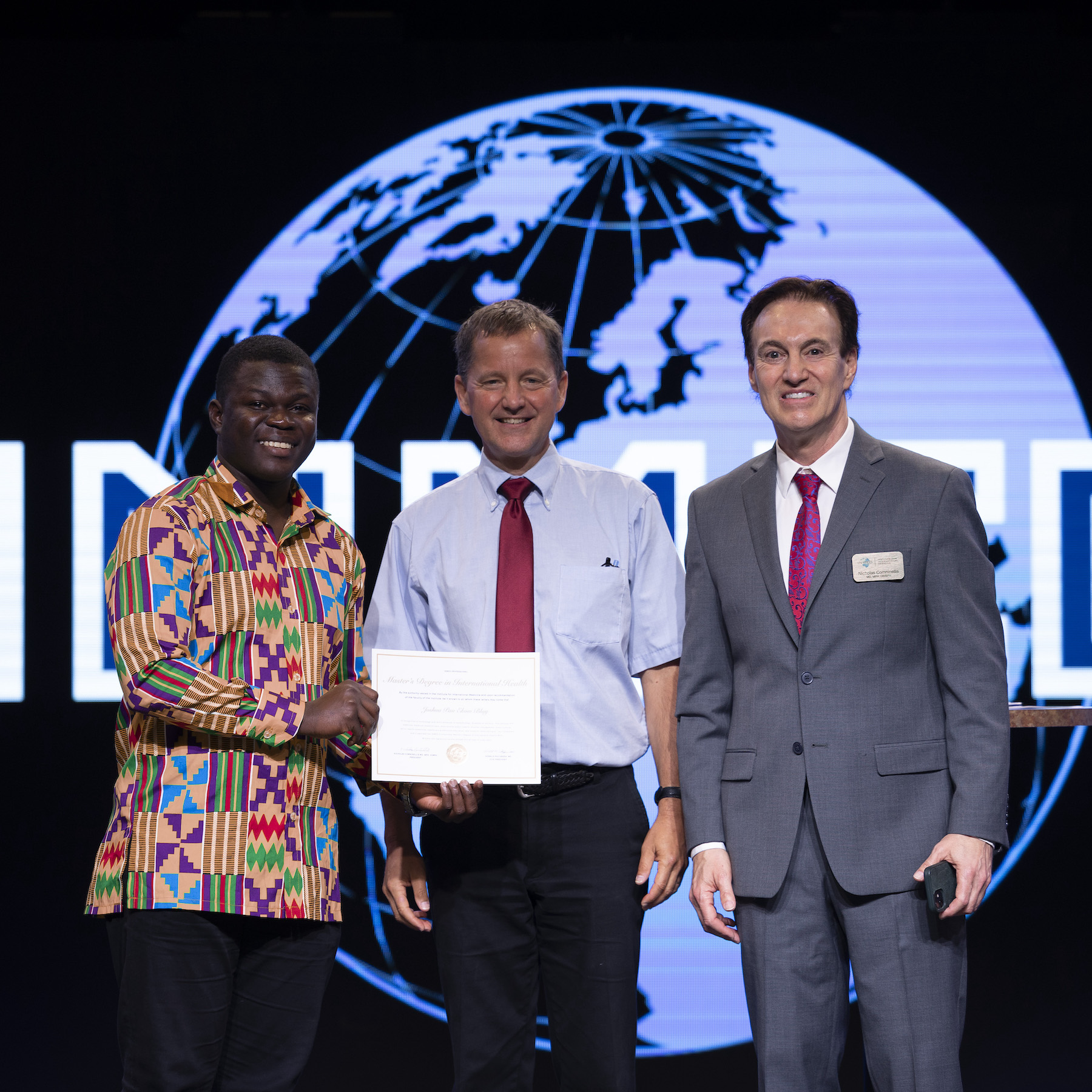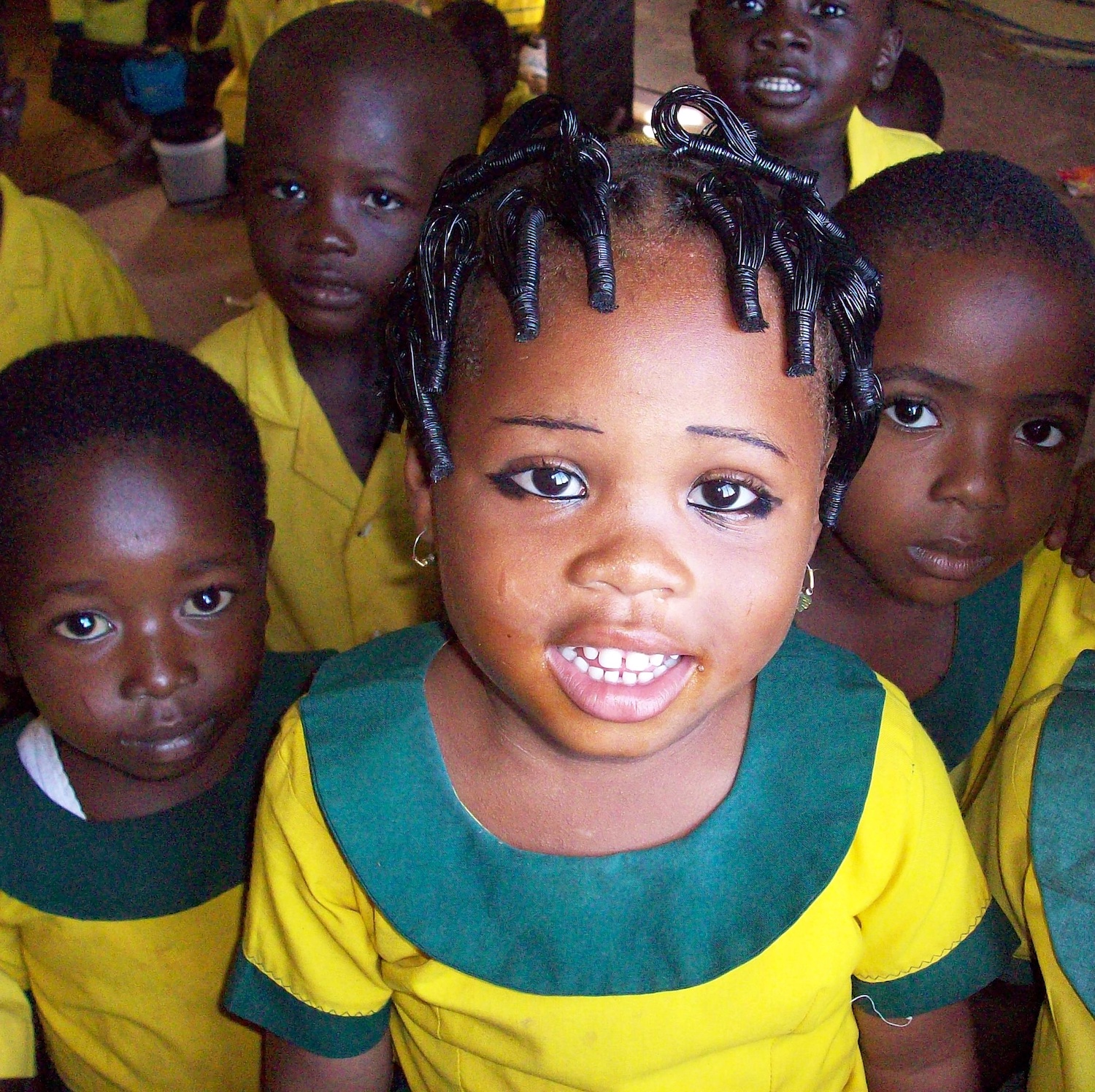Welcome
Thank you for joining INMED on this exploration of insights, experiences, and knowledge. Our passion for improving health worldwide extends beyond the borders of nations, reaching communities, and especially those most in need.
Join us as we bridge gaps, break barriers, and foster a global community dedicated to better health for all. Together, we’re creating a space where knowledge, compassion, and action converge.
Thank you for being a part of our global health journey!
Respectfully,
Nicholas Comninellis, MD, MPH, DIMPH
INMED President & Professor
New Post
Weapons of Peace? What Are These?
September has been marred by weapons of war: missiles in the Middle East, hunger in Sudan, terror in Ukraine, expulsion in Myanmar/Burma. Such weapons are tools of conflict, violence – and at the core – dehumanization of enemies and those unfortunate noncombatants who live nearby. For two years in the...
Continue ReadingBlog Posts
Weapons of Peace? What Are These?
September has been marred by weapons of war: missiles in the Middle East, hunger in Sudan, terror in Ukraine, expulsion in Myanmar/Burma. Such weapons are tools of conflict, violence –...
Continue ReadingAre Short-Term Healthcare Missions Effective?
In spite of great progress in technology and economic growth, some communities around the globe continue to be deeply disadvantaged. Envision locations in Guatemala, Haiti, Honduras, India, or Tanzania. In...
Continue ReadingExtreme Heat and Human Health
Temperature on the earth’s surface has been rising steadily for at least 140 years. Summer 2024 in the northern hemisphere is especially concerning, with mercury-popping thermostat measurements and record-breaking emergency...
Continue ReadingDanger Of Epidemiology
With no measles nearby, the vaccine is not necessary. The Spanish flu began in Spain. Healthy adults must drink eight glasses of water per day. You can catch a cold...
Continue Reading6 Reasons NOT to Come to the Humanitarian Health Conference!
This Kansas City event on May 30-31 may not be a fit for you. Please DO NOT come to the Humanitarian Health Conference for the following reasons: Reason #1: You...
Continue Reading“How can I serve in Gaza?!”
180 women give birth each day in Gaza. Save the Children projects 15% of them experience birth complications: bleeding, infection, seizures. With virtually all healthcare facilities shuttered or disabled, where...
Continue ReadingWhy Go To An In-Person Conference Anymore?
With virtual conferences the norm since 2020, why bother with traveling in-person to such events? The question is compelling because travel can be costly and require attention to logistics. But...
Continue ReadingFighting The Diseases Of Poverty
David Livingston, one of the 1800’s most beloved personalities, is best remembered as an explorer. He was the first person know to traverse southern Africa, to see Victoria Falls, and...
Continue ReadingEradication of HIV on May 30!
Eradication of HIV? In the 1980s, 90s, and 2000s, who would’ve imagined this possibility? Yet with very recent advancements in antiretroviral therapy and healthcare delivery systems, epidemiological research confirms this...
Continue Reading


